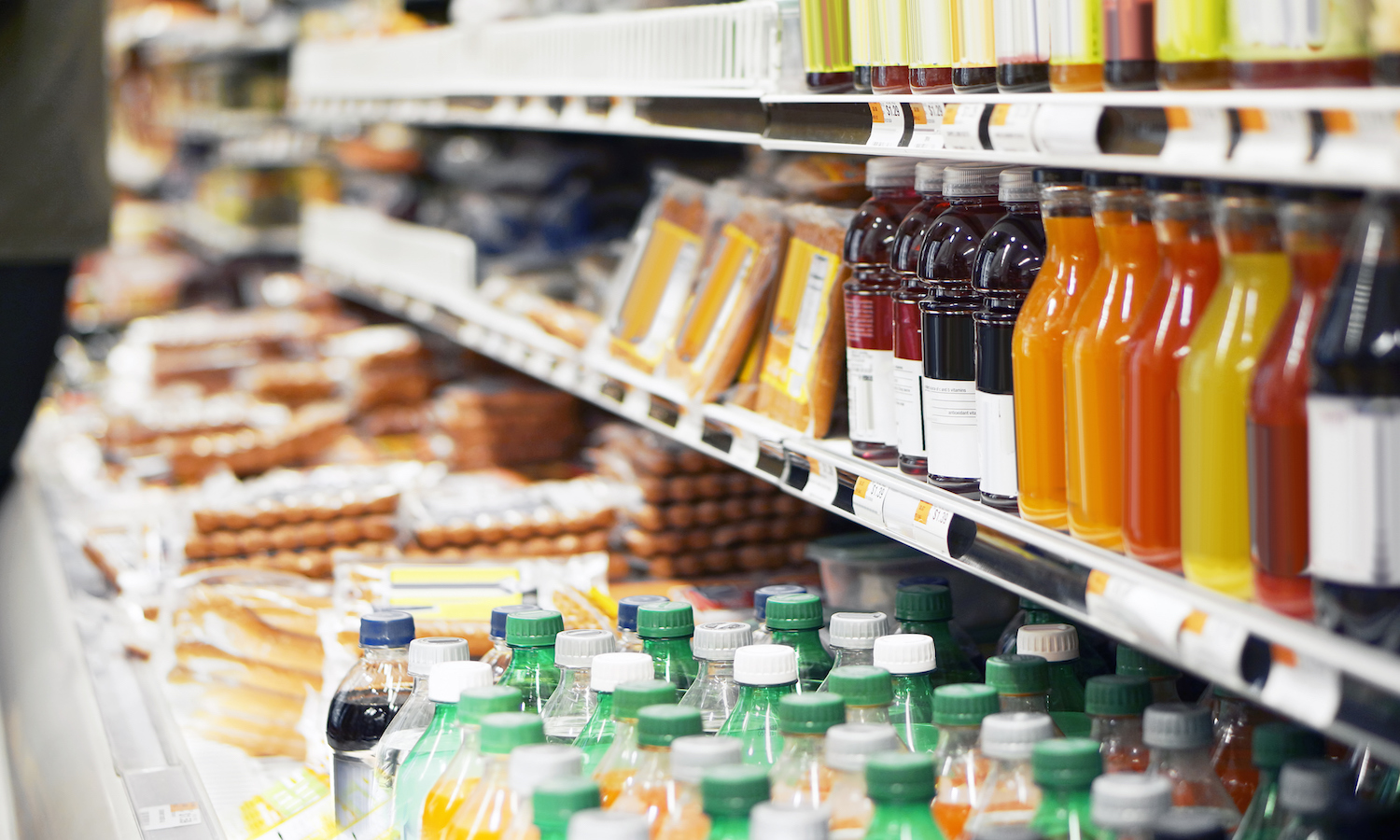A new report by FoodPrint says that consumers overlook the environmental impact of food packaging.
The report challenges eaters who have sustainability on their minds to think beyond just the food they consume each day. “If concern about climate change, the environment, or your personal health are motivating factors for you when it comes to deciding what you eat, it’s important to realize that those same issues are factors when it comes to food packaging,” FoodPrint’s Director Jerusha Klemperer tells Food Tank. “There are massive environmental issues with the way our packaging is made and with how much we use and throw away—and there are some very problematic and dangerous materials present in food packaging as well.”
The prevalence of plastic use, according to the report, has everything to do with eaters’ love of convenience. “A lot of packaging, especially single-use food and beverage packaging, is extremely convenient. And saying no to it, or finding alternatives, can entail swimming upstream, like saying “no, thank you” a lot, or bringing your own supplies and packaging,” says Klemperer. Plastic is cheap and heavy-duty, and because of its durability—it never really disappears. Some of it is recycled or incinerated, but the majority of it ends up in landfills or as litter in the natural world.
This litter accumulates into masses like the Great Pacific Garbage Patch (GPGP), an area in the Pacific Ocean, located between California and Hawai’i that is estimated to contain at least 70,000 tons of plastic. And, according to Klemperer, the chemicals that leak from plastic—bisphenols, phthalates, and polyfluoroalkyls or PFAs—can interfere with human health and hormones.
While the magnitude of plastic’s prevalence in the environment may overwhelm those hoping to create widespread change, the report stresses that the power is in the hands of consumers. With some effort, consumers can return to the days before single-use food packaging began the standard.
In the past, milk, soda, and seltzer bottles were made out of glass, notes the report, and consumers simply returned them to the manufacturer where they were cleaned and refilled. Consumers also regularly brought their own containers into dry grocers to buy only what they needed in bulk.
The practice is still in use, but obviously not as widespread as before. FoodPrint says it’s a matter of “making a huge cultural shift, away from single-use and back to reuse.” While reusable containers may be more costly and less convenient, FoodPrint is confident that food manufacturers and eaters will be able to transition back to reusable materials.
“But responsibility shouldn’t lie entirely with the consumer,” says Klemperer. “Businesses have to step up—and some are—to innovate better ways of making packaging and offering reusable options.”
“We can also ask our government to enact stronger regulations around packaging and plastics,” says the report. “More importantly, we need to re-think food packaging and single-use foodservice items, making human health and the environment the priority over convenience.”











